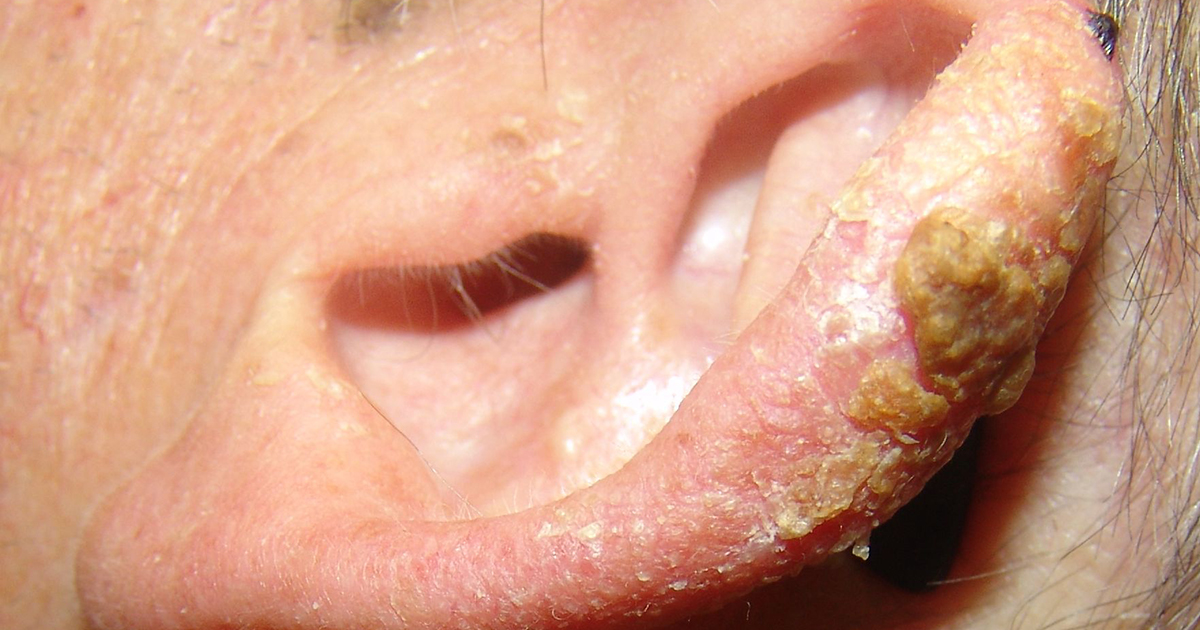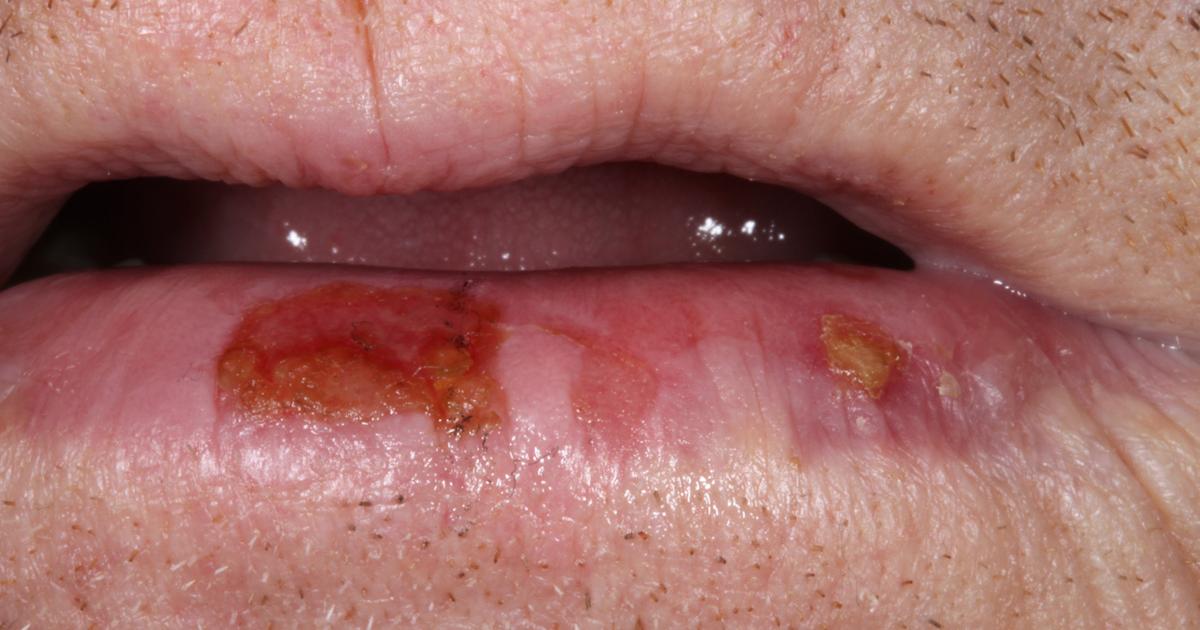Key Indicators Of Skin Cancer
Skin cancer, a condition in which skin cells grow abnormally, is one of the most common forms of cancer in the world. The major types of skin cancer are melanoma, squamous cell carcinoma, and basal cell carcinoma. For the most part, skin cancer occurs on the parts of skin typically exposed to the sun, such as on the face or arms, but it can also appear on other areas. Individuals can protect themselves from developing skin cancer by covering up when they are out in the sun, avoiding spending extended periods in the sun, and wearing sunscreen with an SPF of at least thirty when they do spend time in the sun.
Scaly Patches

One of the most common and earliest indicators of skin cancer comes in the way of small, scaly patches, which can be caused by taking in too much sun. These rough patches, which are called actinic keratosis or solar keratosis, often tend to be found on the head, neck, and hands. They are also typically more common in older adults, though anyone can get them. Moreover, while the vast majority of these patches do not change or lead to becoming cancerous, many health care physicians still encourage early treatment (by just removing the patch) to prevent the development of squamous cell skin cancer.
Farmer's Lip

The notable cousin of the previous condition, actinic keratosis, is called actinic cheilitis or more commonly 'farmer's lip.' Farmer's lip is a fairly common pre-cancerous ailment, and it tends to appear on the lower lip of an affected individual. Persistent roughness and even scaly patches may be present on the lip as well. Less common indicators of farmer's lip include swelling of the lip(s), dominate lip lines and loss of the sharp border between the lip and skin. If the condition is left untreated, actinic cheilitis may, in turn, develop into invasive squamous cell carcinoma.
